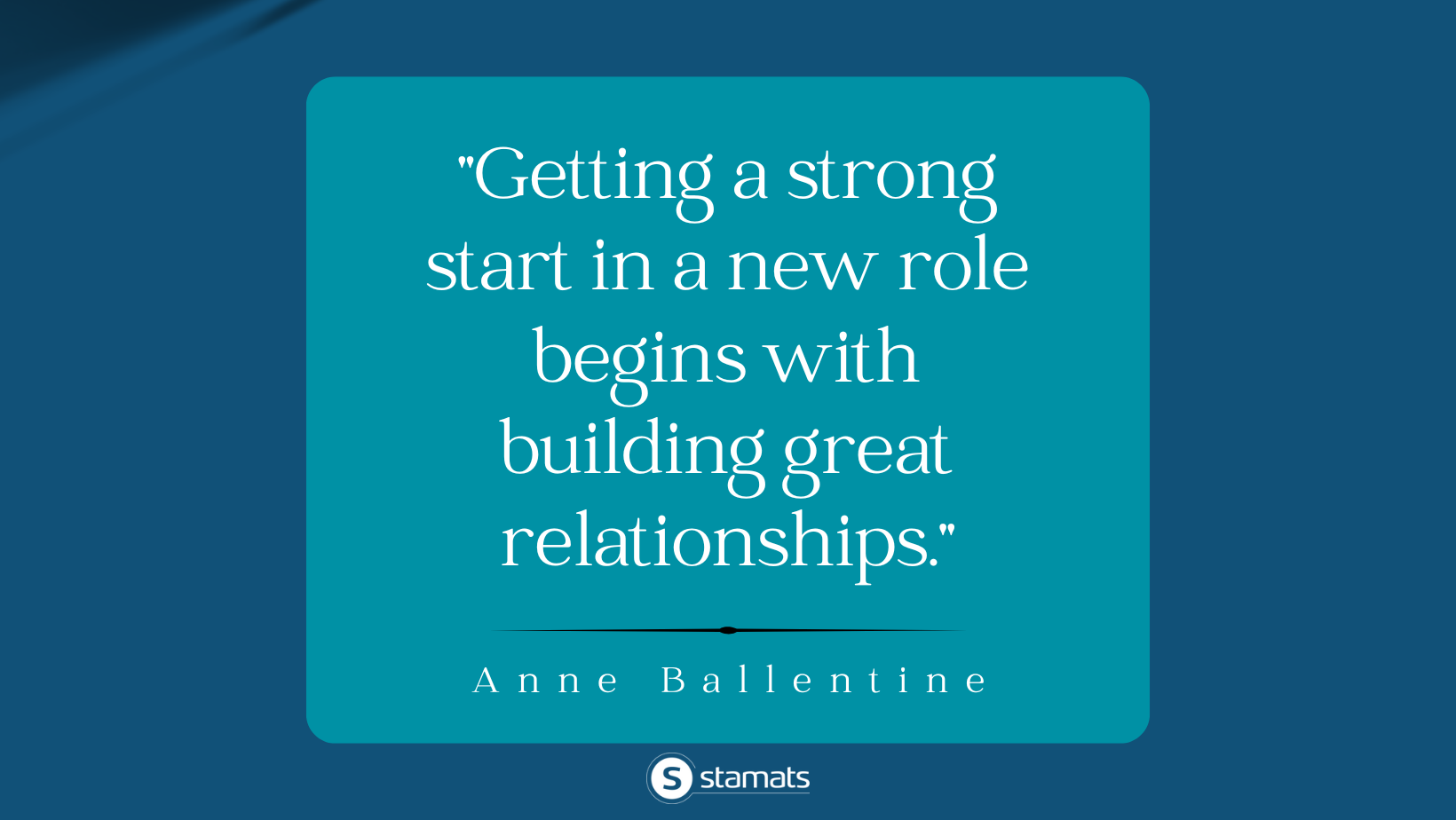Written by
on
The high school junior audience is a more unique communication flow than their predecessors or a senior. The approach for high school juniors is preparing them for the following year as a senior and the whirlwind of applying for college.
In most cases, juniors cannot apply for college. However, they can engage with your institution in a meaningful way by visiting campus. They can meet and develop contacts on campus who can answer questions.
Junior year is the year to start answering specific questions, such as:
- Do you have my program?
- Can I afford it?
- How do I get in?
- Will I fit in?
The last bullet is the hardest to communicate to students and their family members who support them on this path.
This is where you come in, enrollment marketer! Your role is to provide information and connect juniors to resources that will help pave their path to considering your institution as the next step in their education. And you’ll earn that spot in their hearts and minds by answering the questions that lay before them—even if they don’t yet know what questions to ask.
Here’s a quick punch list of ideas to start speaking their language and staking your claim as the higher ed institution they choose in the coming year.
Get them on campus
In the digital world, images and pictures on campus and testimonials are some of the most common enrollment marketing methods. But nothing compares to a real-time visit on campus. If there is one thing the pandemic has helped accentuate, it is the importance of face-to-face communications and the relationship established through this exchange.
Make sure you are sending emails and postcards to get students on campus. Recommend that recruiters visiting high schools help students plan a campus visit. I know my daughter came home from one of these high school visit presentations with the objective of visiting campus. The recruiter did a great job of building excitement about the school while answering the aforementioned questions. She was ready to visit—and, yes, it made a huge difference in her decision process.
Find out what program they are aiming for
Depending on where the junior entered your CRM, you may not know their program of interest. They may not know either, and that is okay. There are two notes I want to point out here:
- Don’t spray the student with messaging about programs if you do not know their program of interest.
- Develop a tactic of how to communicate your programs that fits with this segment of your audience.
When possible, if your data is missing the value of the program of interest in your CRM or tracking system, create a value of “Unknown.” This will now become a strategic campaign to learn more about the student. Develop messaging that requests they share their program of interest. This strategy will help update the field to fire off a crafted message sharing more about a specific program. If they are better left as an unknown status, strategize around this audience and provide communications that speak to a student who is still figuring it out.
In contrast, sending with the spray-and-pray approach will lose the student’s interest and you’ll risk losing the student from your list.
There will always be “unknowns” in your audience. No matter how many ways you ask, an anticipated program will never populate into the system. Never fret; there are other ways to share options at your institution and hopefully get closer to answering the question. Maybe the answer will be undeclared in the first year as they shop around.
Rather than a “try these programs” approach, organize your messaging into student interests, such as:
- Helping others
- Technology
- Arts: applied and music
- Leadership
- And more…
You may need to create landing pages for this campaign to learn about students and create customized messaging. Provide options in an email, send, and then watch what they click on. This piece of data can help schedule the next message to the student, and you are that much closer to providing relevant information.
How to afford college
Cost-of-attendance messaging rises high on the list of topics to communicate. It is important to include this in your flow and provide a landing page that breaks down the information into tangible topics: tuition and fees, room and board, and books.
Do not use the tuition and fees table usually found on the financial aid page. Those tables exist for an entirely different purpose than marketing to students and their families. If you want to learn why, drop in on your financial aid office sometime and ask the director this question. In the meantime, your job is to market the cost of attending your school.
Provide information about available scholarships and when the application opens to apply. Include other resources available for students who are not eligible for FAFSA. Some states have programs for undocumented students—do the homework and share this in your messaging.
The State Authorization Reciprocity Agreement is another topic to include. Learn about compacts within regions and include information for out-of-state students and how they can afford to attend your school. All these factor into whether a student can afford to attend. Spelling it out in digestible formats will help build the case of why your institution is the best fit come summer when the application opens for the new recruitment year.
How to get in
This is a tricky conversation, as you can share everything about admissions and the application process but they cannot access the steps to proceed. It is best to frame your communications around timely and relevant information within this topic—and stick to it.
Messages about the GPA needed are a great place to start. For community colleges that have a lower GPA requirement or none, it is important to communicate that too! In fact, this can be a great selling point for our community college family.
Does your institution require standardized testing? No? Great—make sure to share that piece of information. This is the year they are taking tests, and it is helpful for them to prioritize this step.
What about further into the admission funnel?
Even though the trend continues to grow for not requiring ACTs or SATs for admissions, you may be doing a disservice to your admits by not communicating how your institution does or doesn’t use these tests. I have seen that the admissions office may not require it, but the financial assistance office is still using it internally for use in awarding fee waivers.
The example I distinctly remember was about a student who had already moved in but realized that they had a large funding gap and would not be able to stay. The gap was in housing. The student had met with the financial aid director who tried to pull every trick she had to help keep the student. The biggest downfall for the student was that they hadn’t taken the SAT or ACT, and the rubric the office used for awarding fee waivers included an ACT or SAT score. The score didn’t even have to be good, but they needed something to check off and follow the structure set by the institution. Ultimately, the student was turned away because they could not pay for housing.
Another step to consider with the process is the use of scores to help place students in the correct writing or math class. This helps streamline processes for the students and their advisors when developing schedules. Institutions most likely offer Accuplacer, which is a nice alternative for those who do not sit for the SAT or ACT.
These examples illustrate the importance of understanding the processes at your institution and then help communicate this to your high school juniors. Sharing this kind of information in small, digestible content helps position you as the expert, building trust and a relationship. Through this process, the institution becomes a go-to that can lead to an application in the following year.
Include family
As we already know, students will not open and digest every email from your institution. Including family helps create an advocate who is more likely to open emails and read through the mail. Send communications to parents and guardians asking if they would like to be included. This can be done through email, mailers, and inquiry forms online.
Family members helping their student may be thinking about budget and how to afford college someday. A great selling point? Email parents tips on how to budget for college through dual credit and early college credit. Sharing the same messages with family as well as the student positions you better to increase your application pool.
Related reading: Recruitment Strategies That Nurture Dual Enrollment
Don’t rely on just one tactic
We have covered what to share but how does one share the information? Do you send it by email? Or maybe a beautiful print piece mailed to their home is a better option? The options are endless for how to mold your communication flow and can flex with your budget.
Email is fairly inexpensive whereas the cost can escalate in paying for the system and the labor to build and maintain messages. This is an excellent start toward communications. Social media is another fairly inexpensive option. Remember the audience is anyone who subscribes to or follows your institution. Choose your messages accordingly when deciding to post.
Print is the more expensive option. The cost associated with production is the highest but it can be the most effective. Be strategic about the pieces you mail. Make sure there is a key date or piece of information. Another strategy is to only send to the inquiry stage and omit the leads. Simply sending mail to send mail is costly.
No single tactic will address the overarching goal of building a relationship with juniors in high school. It is the strategic combination of adding a little of each tactic that is the winning combination. If your institution is relying solely on email, then you are shorting the potential of who your institution can attract for the new cohort.
If the budget is tight, modify your process; for example, strategically sending postcards to recipients within a key radius of your school. Tours are tough to schedule? Look for other means, such as hosting a school to visit for a half day and attend some classes. There is a theme—be creative, find a way to attract and engage so students have your institution at the forefront when applications open.
Need to put a strategy together? Or do you need another set of eyes on your plan? We’ve got your back. Email Stamats to get started.
Related reading: The Cost of Student Recruitment


